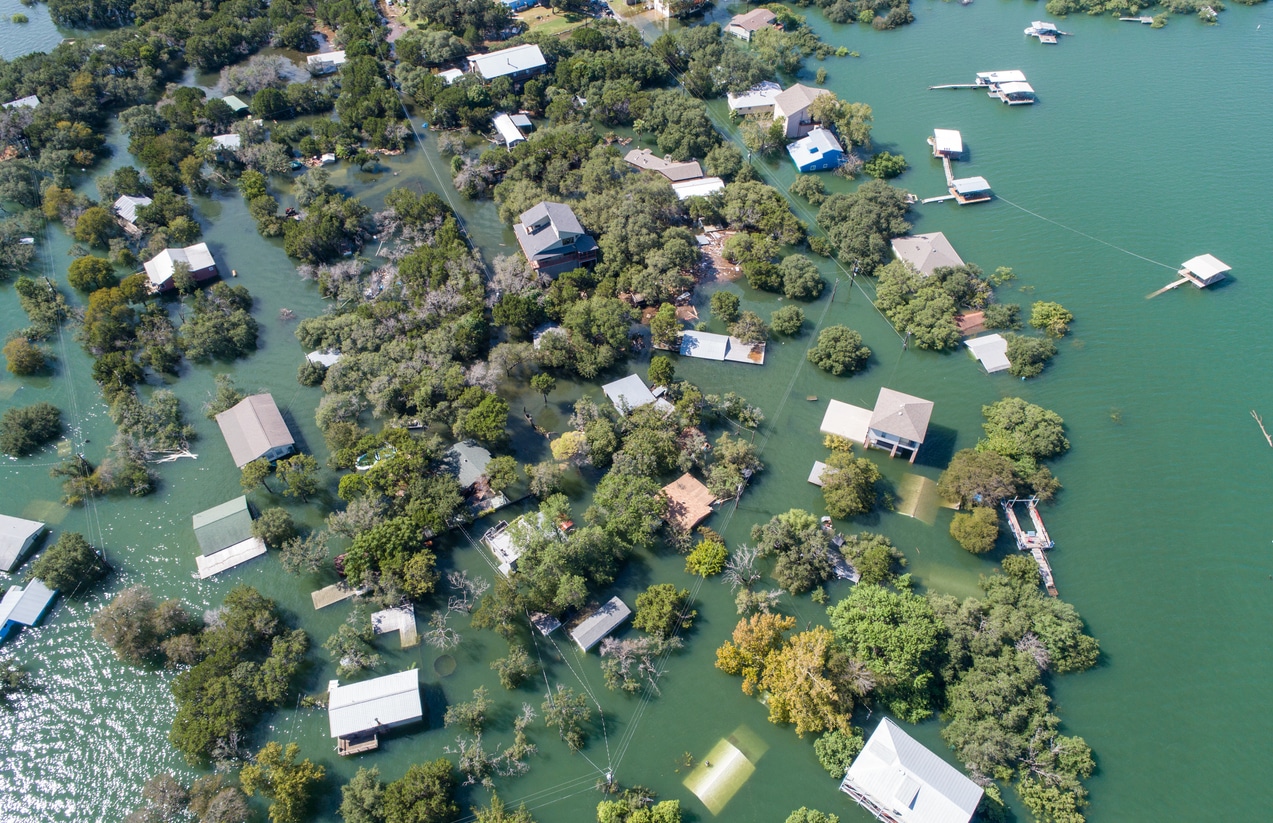The slow shift toward more private sector involvement comes a time when the federally operated National Flood Insurance Program (NFIP) notched a $20.5 billion shortfall earlier in the year, a figure that includes losses dating back to Hurricane Katrina in 2005. So far, insurers providing private coverage appear more inclined to cover commercial risk, with over 70% of overall private flood premium generated from commercial property exposures.
The Best’s Market Segment Report, titled, “Appetite for Flood Risk Among Private Insurers Still Small,” notes that private insurers tend to avoid flood-prone areas. For example, Florida is subject to tropical systems more frequently than any other state and represents about one third of the total NFIP insured value, yet represents only about a quarter of the total flood premium. This partially illustrates part of a larger issue – the NFIP is subject to an inherent risk of adverse selection.
“If private insurers are able to price risks individually, they will cherry-pick the best risks with pricing better than the NFIP’s subsidized rates, leading to further adverse selection,” said Christopher Graham, senior industry analyst, AM Best.
The NFIP is administered by the Federal Emergency Management Agency, which has developed a strategy to address pricing inefficiencies for covered risks and is expected to curtail any adverse risk selection. The aim of a
new NFIP rate structure is scheduled to take effect Oct. 1, 2021, and move all properties to a true risk-based rate. Under the program known as Risk Rating 2.0, the annual premium rate is expected to decline for a quarter of the policyholders obtaining coverage through the NFIP. However, many will see their rates increase and reach their full risk rate in approximately five years. Eventually, the new rating measures should lead to more adequately priced NFIP risks and more competitive coverage offered by private insurers.
The NFIP still bears the heaviest burden of the U.S. flood market, but private flood insurers generated almost $3.1 billion in total direct premium during 2016-2020. The $735 million in direct premium in 2020 represented the largest amount during that period.
Higher premium costs for federal flood insurance should make the private insurance pricing more competitive, driving more insureds to the private market. This would satisfy federal and state legislators who seek more balance in the public-private partnership for providing flood coverage.
“This should help better spread the flood risk among private carriers and the NFIP, as well as create a better overall flood insurance market for customers needing the coverage,” said David Blades, associate director, AM Best.
To access the full copy of this commentary, please visit http://www3.ambest.com/bestweek/purchase.asp?record_code=312893 .













